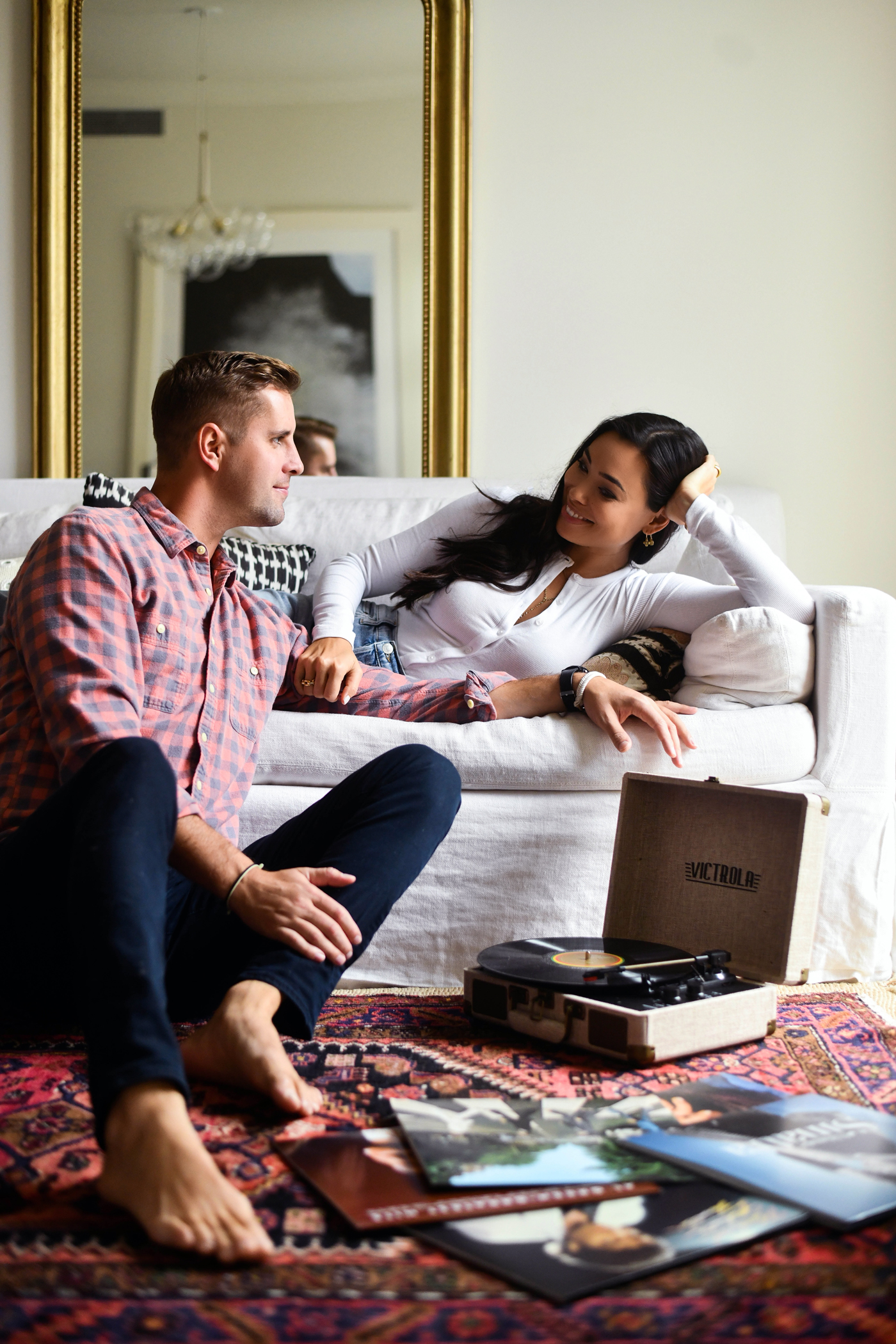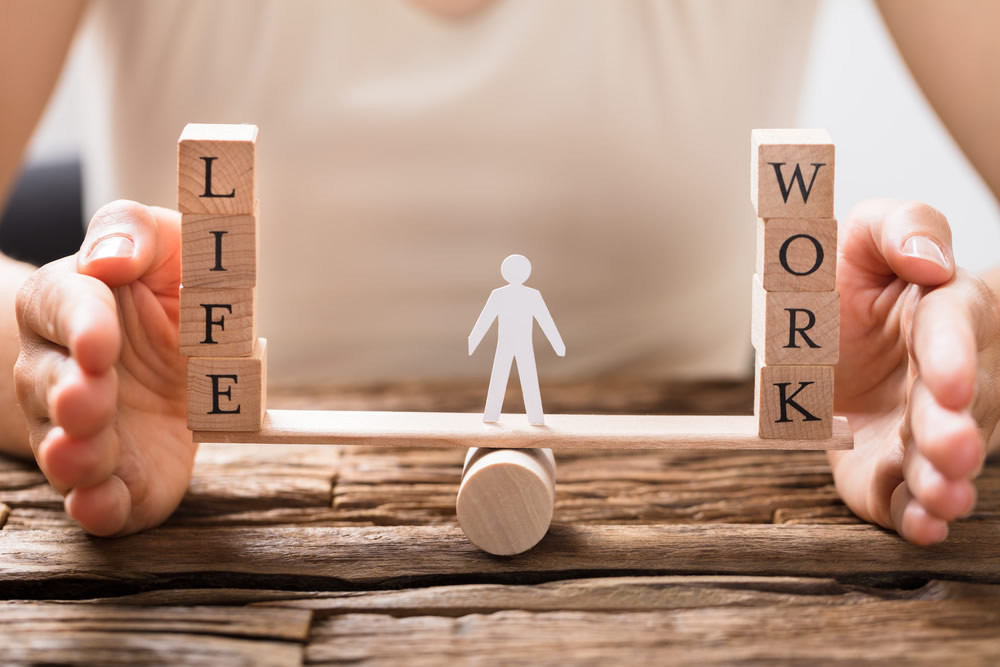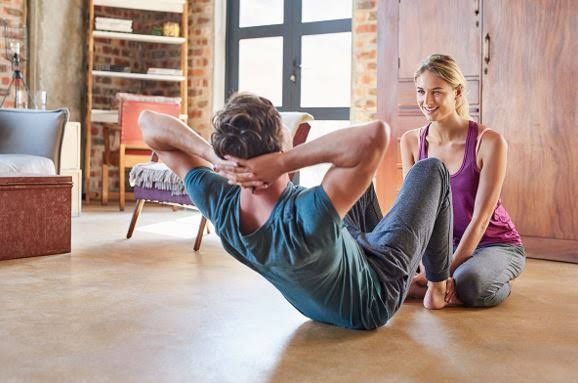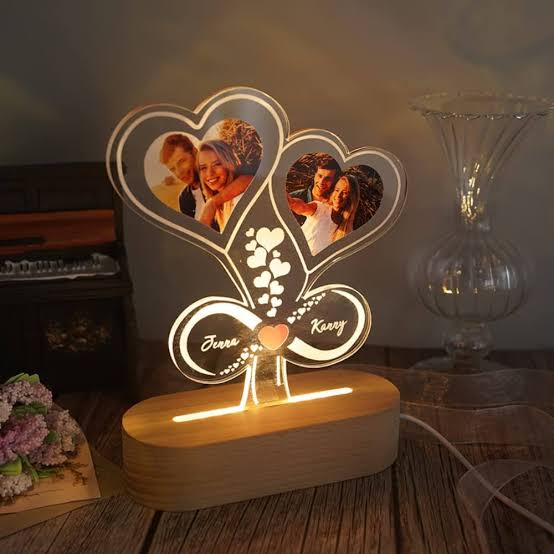
Minimalist Living: Tips for Decluttering and Simplifying Your Life
In a world where we’re constantly bombarded with advertisements, social media posts showcasing the latest must-haves, and the societal pressure to own more, it can be easy to feel overwhelmed.
If you’ve ever caught yourself looking around your home and thinking, “How did I end up with all this stuff?” or “I need a fresh start,” you’re not alone. Many people are embracing a minimalist lifestyle, and for good reason.
Minimalism is not just about living with fewer possessions—it’s a mindset that can simplify your life, reduce stress, and give you more freedom to focus on what truly matters. But how do you start decluttering and simplifying? Let’s dive into practical, achievable tips that will guide you towards a minimalist lifestyle.
1. Understanding Minimalism: It’s More Than Just Decluttering
Before we jump into tips, it’s important to clarify what minimalist living actually means. A common misconception is that minimalism is about owning as few things as possible.
While decluttering and downsizing are key components, minimalism is more about intentional living. It’s about consciously choosing what you want to keep in your life—whether that’s physical objects, relationships, or commitments—because they bring value or joy.
Minimalism isn’t about deprivation. It’s about freedom. Freedom from the chaos of excess and unnecessary distractions, allowing you to focus on what truly matters. Whether you want more time for yourself, deeper connections with loved ones, or simply a less cluttered home, minimalism offers a pathway to achieving those goals.
2. Start with Small Wins: Tackle One Area at a Time
One of the most daunting aspects of decluttering is knowing where to start. My advice? Start small. Choose one area of your home to focus on, like a single drawer, your kitchen counter, or even your car. Once you see the results in that one area, it creates momentum. It’s like a snowball effect—the more you declutter, the easier it becomes.
When tackling your first decluttering project, ask yourself:
- When was the last time I used this? If it’s been over six months and it’s not something seasonal (like a winter coat), it’s a good sign you can live without it.
- Does this item add value to my life? Items should serve a purpose, whether practical or sentimental. If it’s just taking up space, it might be time to let it go.
- Do I own duplicates of this? Minimalism is about having enough, not more than enough. If you own three pairs of scissors, chances are you can donate or give away a pair or two.
3. Embrace the “One In, One Out” Rule
An easy way to prevent your space from becoming cluttered again is to adopt the “one in, one out” rule. For every new item you bring into your home, one item should leave. This can apply to everything from clothes to kitchen gadgets to books.
For example, if you buy a new sweater, choose an old one to donate. This rule helps maintain balance and prevents the accumulation of unnecessary stuff. Over time, you’ll become more mindful of what you bring into your home, carefully considering each purchase before adding it to your life.
4. Be Ruthless with Your Wardrobe
Clothing is often one of the biggest sources of clutter in a household. We hold onto pieces because they were expensive, have sentimental value, or because we think we might wear them someday. But in reality, we often wear the same few outfits over and over. A minimalist wardrobe doesn’t mean owning 10 pieces of clothing—it’s about having clothes that you actually love and wear regularly.
Here’s a step-by-step guide to simplifying your wardrobe:
- Empty your closet completely: Take everything out and lay it on your bed.
- Create three piles: Keep, donate, and toss. If you haven’t worn something in the last year, chances are you won’t miss it. Be honest with yourself.
- Focus on versatility: Keep items that can be easily mixed and matched. Neutral colors and timeless pieces are often best for a minimalist wardrobe.
- Quality over quantity: Invest in fewer, higher-quality pieces that last longer and serve multiple purposes. Think of it as curating a collection rather than just owning clothes.
Once you’ve pared down your wardrobe, you’ll find it easier to get dressed in the morning, and you might even feel more content with your style.
5. Declutter Sentimental Items with Care
Sentimental items are often the hardest to let go of because they carry emotional weight. Whether it’s old birthday cards, family heirlooms, or souvenirs from past trips, these items can clutter your space while weighing on your emotions.
Here’s how to approach sentimental decluttering:
- Keep what truly matters: Choose a few meaningful items to hold onto and find special ways to display them, rather than keeping them buried in a box.
- Take photos: For items you feel emotionally attached to but don’t need to keep, take a photo as a keepsake. You’ll still have the memory without the physical clutter.
- Ask yourself if the item reflects who you are today: Sometimes, we hold onto things that remind us of a past version of ourselves. If it no longer fits who you are, it might be time to let it go.
Decluttering sentimental items can be an emotional process, so take your time and honor the memories without feeling obligated to keep every single object.
6. Simplify Your Digital Life
Minimalism isn’t just about physical possessions—it also extends to your digital space. In today’s world, we spend a lot of time in front of screens, and our digital environments can become just as cluttered as our homes. A minimalist approach to your digital life can reduce stress, improve focus, and free up mental space.
Here’s how to declutter your digital life:
- Organize your files: Create a clear, simple folder structure for your documents, photos, and files. Delete what you no longer need and back up important items.
- Unsubscribe from email lists: If your inbox is overwhelming, take time to unsubscribe from promotional emails you no longer read. Consider setting up filters to automatically sort incoming mail.
- Delete unused apps: Go through your phone and computer and delete apps that you don’t use regularly.
- Limit screen time: If minimalism is about creating more time and space for what matters, reducing mindless scrolling or limiting social media time can significantly enhance your life. Use apps or settings that track your screen usage, and be mindful of how much time you spend online.
7. Focus on Experiences, Not Things
One of the core principles of minimalism is the idea that experiences bring more joy and fulfillment than material possessions. When you shift your mindset to prioritize experiences over acquiring more stuff, you’ll notice a difference in your overall happiness.
Rather than buying more items, consider:
- Investing in experiences: Travel, dining out with loved ones, attending a concert, or taking a class are all ways to enrich your life without adding clutter.
- Giving experience-based gifts: Instead of gifting physical items, give someone an experience like a cooking class, a spa day, or tickets to an event.
- Spending time outdoors: Minimalism often emphasizes connecting with nature, which provides fulfillment without the need for material goods. Go for a hike, have a picnic, or take a stroll in the park.
Focusing on experiences rather than things fosters a greater sense of well-being and contentment.
8. Create Mindful Spaces
Minimalism doesn’t mean your home has to look sterile or devoid of personality. On the contrary, it’s about creating spaces that are intentional, uncluttered, and filled with things that bring you joy. A minimalist home is typically calming, functional, and free of excess.
Here are some tips for creating minimalist spaces:
- Keep surfaces clear: Clutter-free countertops and tables immediately make a space feel more open and peaceful.
- Choose multifunctional furniture: Opt for furniture that serves more than one purpose. A coffee table with built-in storage or a sofa that converts into a bed can help you reduce the number of items in your home.
- Use natural light: Open up your curtains and let in as much natural light as possible. It can make a room feel bigger and more welcoming.
- Add personal touches: Minimalism doesn’t mean a lack of decor. It just means choosing a few meaningful pieces rather than filling a room with trinkets.
When your home is thoughtfully arranged and clutter-free, you’ll find it easier to relax and focus on what’s important.
9. Set Boundaries with New Purchases
Minimalist living requires a shift in how you approach new purchases. Rather than buying on impulse or because something is on sale, take time to consider whether the item is truly necessary.
Here are a few questions to ask yourself before making a new purchase:
- Do I need this, or do I want it? Minimalism is about distinguishing between needs and wants. While it’s okay to treat yourself occasionally, being mindful of unnecessary purchases is key.
- Will this item bring lasting joy? Be cautious of buying things that provide only short-term happiness. Instead, focus on things that add real value to your life.
- Where will this fit in my home? Before buying something, think about where it will go and if you have space for it.
Setting boundaries helps you maintain the simplicity and calm that come with minimalist living.
FAQS
How to simplify and declutter your life?
Start by decluttering one area at a time, removing items you don’t use or need. Simplify your schedule by cutting out unnecessary commitments and limiting new purchases. Declutter your digital life and prioritize meaningful activities.
What is the 20 rule minimalist?
The 20/20 rule suggests that if an item can be replaced for under $20 in less than 20 minutes, you can let go of it. It encourages minimizing clutter by easing the fear of needing something in the future.
How to declutter and become a minimalist?
Start small by decluttering one category (clothes, kitchen, etc.) and only keep what’s essential. Gradually reduce excess possessions, prioritize experiences over things, and adopt mindful consumption habits.
How can I simplify my life minimalism?
Focus on removing distractions, both physical and mental. Declutter your home, reduce obligations, limit material possessions, and prioritize what truly brings value and joy to your life.
How do I start living as a minimalist?
Begin by evaluating what’s essential to you. Declutter non-essentials, embrace a “less is more” mindset, and make intentional decisions about what to keep in your life—whether it’s objects, activities, or commitments.
Conclusion
Minimalism isn’t a one-time project—it’s an ongoing lifestyle that requires consistent mindfulness and intentionality. By simplifying your surroundings and focusing on what truly matters, you’ll create a life that’s less stressful, more peaceful, and deeply fulfilling.
It’s not about perfection. You don’t have to get rid of everything you own or limit yourself to a certain number of items. Minimalism is personal and unique to each individual. Start with small changes, and over time, you’ll discover that living with less truly means living with more—more freedom, more joy, and more time for the things that matter most.





